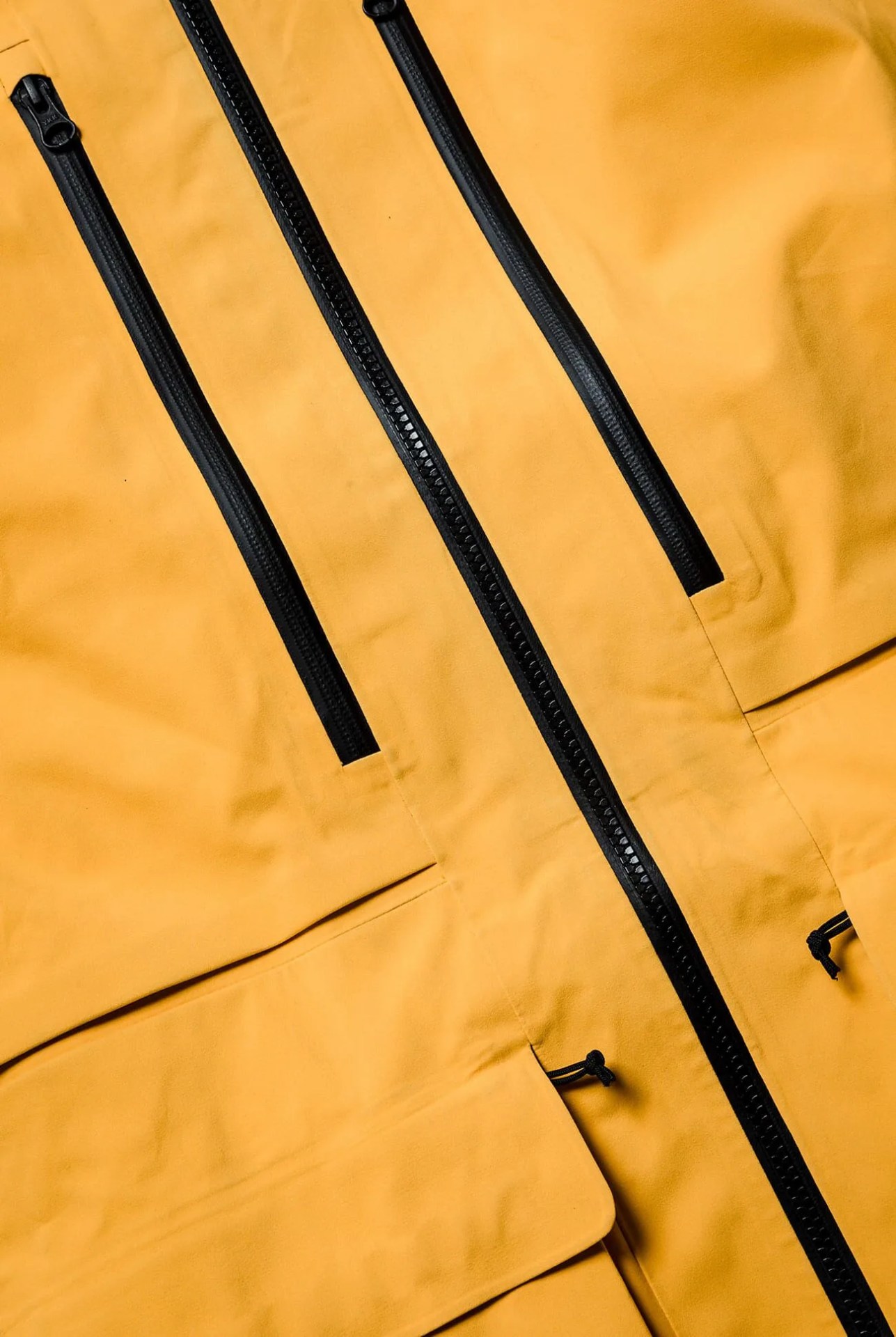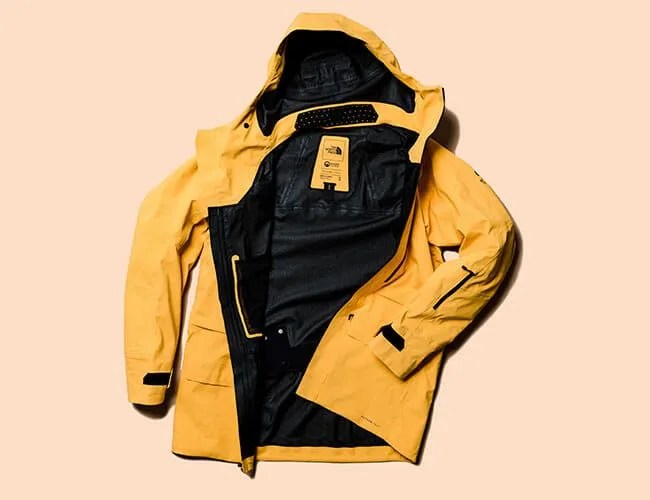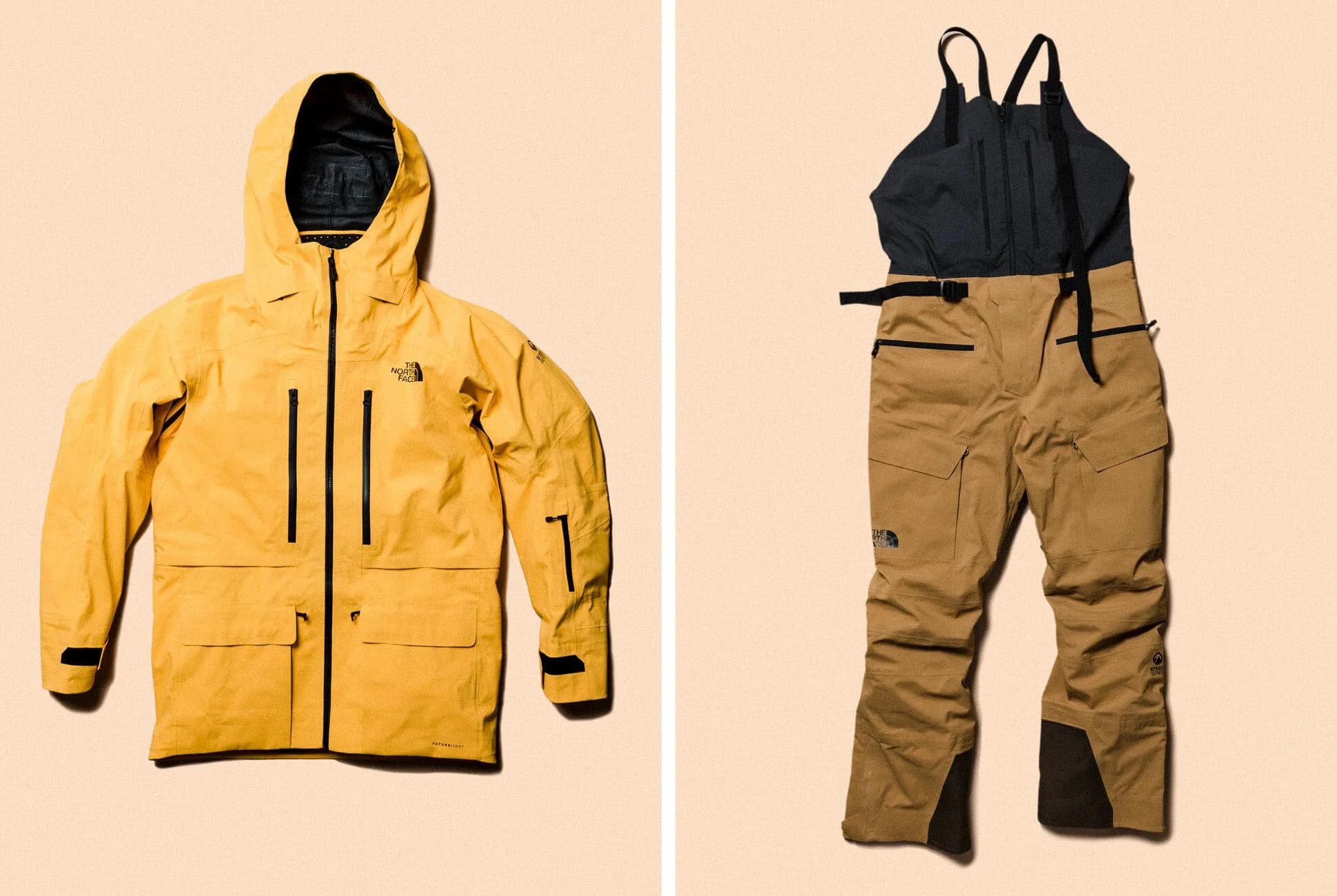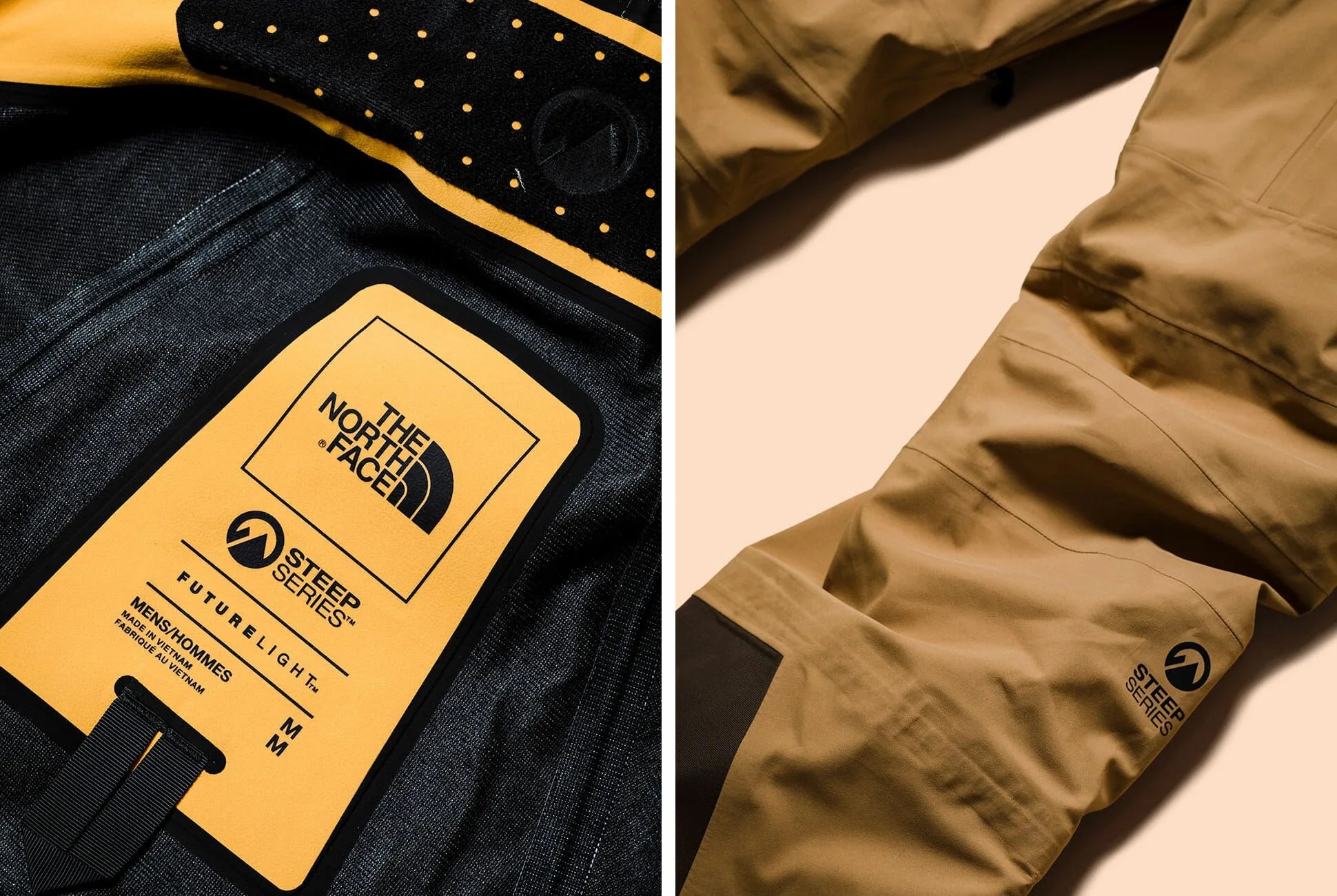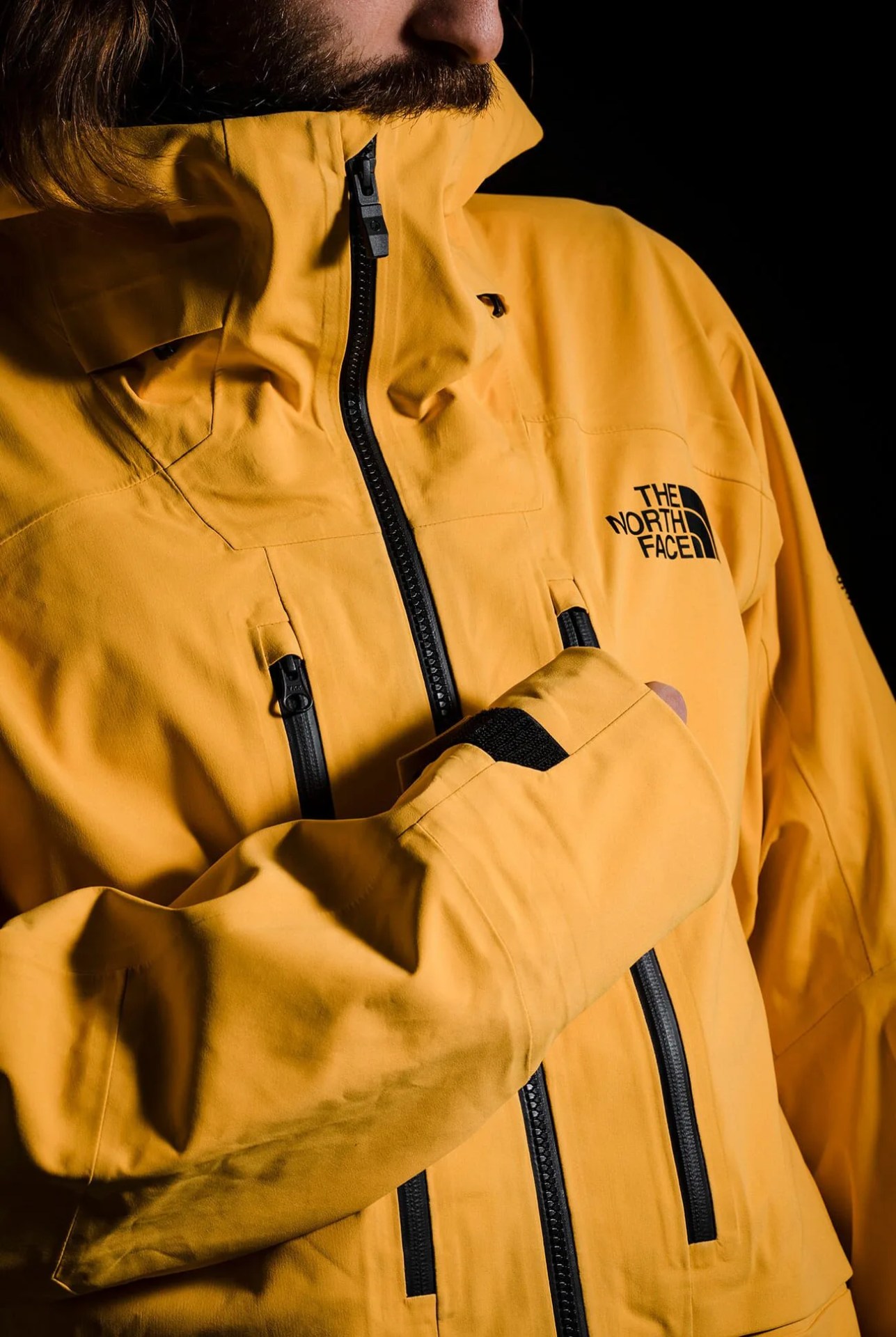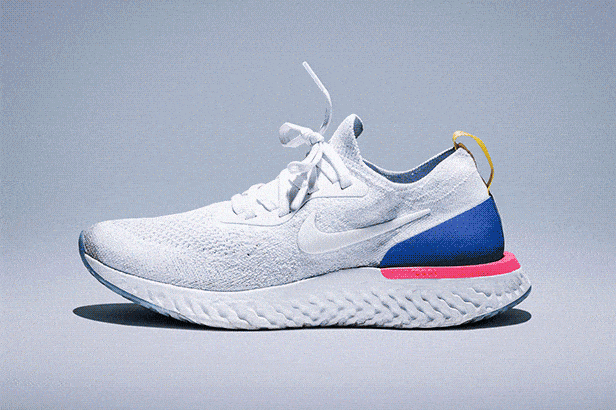2 photos
Ahh, Aspen. A little place that might be the ideal humble mountain town if it wasn’t for glitzy movie star sightings (we spotted Gwyneth Paltrow on our trip), the lore of Hunter S. Thompson’s 1970 campaign for sheriff, and a tiny on-mountain restaurant called Cloud Nine that sells more Veuve Clicquot than any other establishment in the country during its short four-month season. I recently traveled to the mountain enclave, not for the glam, but to test The North Face’s new fabric, Futurelight, which the company will debut in its 2019/2020 winter outerwear.
Colorado is significant in the Futurelight story; roughly 100 miles southwest of Aspen’s Main Street (as the raven flies) is the summit of Mt. Sneffels, a photogenic pyramid of 14,158 feet. That’s where Andres Marin, a professional climber on The North Face’s team, turned to Scott Mellin, the company’s Global General Manager of Mountain Sports, and said something like, “Wouldn’t it be great if we didn’t have to change our layers constantly?”
Any number of climbers, mountaineers, skiers, snowboarders and hikers have thought the same thought. But, unlike the rest of us who shrug it off, Marin and Mellin found themselves in a position to do something about it. Roughly two years later, they, and all of the engineers, designers, professional athletes and the rest at The North Face, have a solution: a new fabric technology called Futurelight.
Since its initial announcement in January, not much has been revealed beyond the bottom line: Futurelight is entirely waterproof and wildly breathable, meaning athletes won’t overheat wearing it. The instinct is to compare it to Gore-Tex, which is the household name in the waterproof/breathable space (although other brands exist, too, like Dermizax and Polartec). Unlike existing technologies though, Futurelight is created using a process called nanospinning, a technique already used in tech and medical fields that arranges and layers nano-sized fibers in a complex network with plenty of gaps for air but not water. Laminated to fabric, this membrane exhibits all of the waterproof properties you need and expect in the mountains but, according to The North Face, provides a magnitude more breathability.
The recent Aspen junket was the first interaction that anyone not associated with The North Face has had with Futurelight. It began as many of these events do: food, libations and a presentation. Mellin, who’s shaping up to be a spokesperson for Futurelight, analogized the outdoor industry to a group playing with Mr. Potato Head dolls — every brand gets the same set of materials with which to make different products. It’s true to an extent — the same synthetic insulation inside Patagonia’s popular Nano Puff jacket is also inside L.L.Bean’s and others; hundreds of items use Gore-Tex’s waterproof membranes — but companies big enough to house research and development teams to make proprietary fabrics, like The North Face, do exist. What sets Futurelight apart is its ability to customize the fabric’s breathability based on its end-use — ski jackets will have a different airflow than, say, tents.
